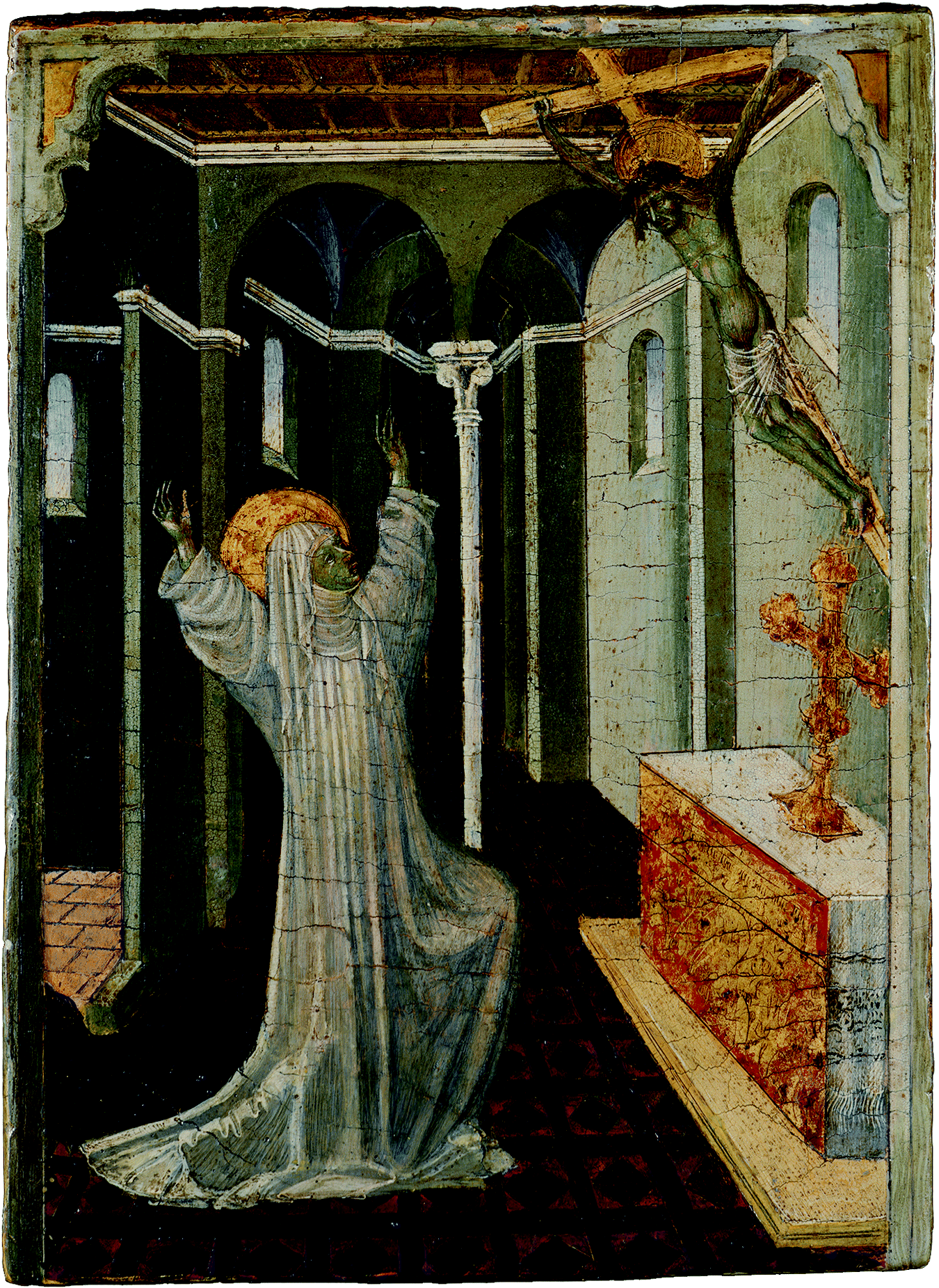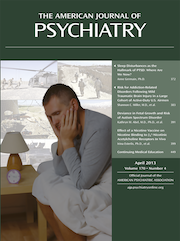Anorexia Mirabilis: The Practice of Fasting by Saint Catherine of Siena in the Late Middle Ages

Giovanni di Paolo (c. 1399–1482), Saint Catherine of Siena Receiving the Stigmata (tempera and gold on wood, 27.9×20 cm). Used by permission of the Metropolitan Museum of Art, New York.
Anorexia mirabilis, holy anorexia, or inedia prodigiosa means miraculous lack of appetite. This syndrome was popular among religious people in the Middle Ages.
Perhaps the most popular case of anorexia mirabilis took place in Tuscany in the 14th century. Catherine (Caterina) Benincasa was born in Siena in 1347. It is reported that at age 6 she saw Christ in pontifical vestments above her neighborhood Dominican church. One year later she made a vow of perpetual virginity. She was also familiar with the fasting behaviors of her sister, who would decrease her food intake in order to change her husband’s bad attitude. After her sister died, Catherine responded with a massive fast to her parents’ intention of arranging a marriage with her sister’s widow. She joined the Dominican order after claiming to have a vision of Saint Dominic, and she declared that Jesus came from heaven and gave her a ring as the wedding alliance; thus she would be eternally married to Christ. Later in life, Saint Catherine told her confessor that she could have conversations with Jesus (1). For almost her entire life, her diet consisted of water and vegetables, and by the age of 33 she starved herself to death. She reported stomach pains that did not allow her to eat anything but the holy host (2).
Self-starvation was a common behavior among religious women in the Middle Ages, but this behavior was not usually approved by religious authorities as a holy one. Suffering was considered a way to imitate Jesus in remembrance of Christ’s torments during the Passion. Whereas holy men experienced suffering through physical punishment, women preferred this voluntary pain by fasting (3). In cases of extreme holiness, the follower of Christ would miraculously receive the stigmata as a reward for a devout and pious life (4). As depicted by Giovanni di Paolo (figure), this was the case for Saint Catherine of Siena: the experience of suffering through starvation turned her into a model of virtue to the extent that she received the wounds of Jesus during the Passion.
Parallels between the medieval behavior and anorexia nervosa now are apparent. In both, a person fastens onto a valuable culturally dependent goal: beauty or slimness in present-day society values and austerity or deprivation in medieval society values (5).
1 : Christ Circumcised: A Study in Early Christian History and Difference. Philadelphia, University of Pennsylvania Press, 2012, pp 72–100Crossref, Google Scholar
2 : Saint Catherine of Siena: A Study of the Religion, Literature and History of the Fourteenth Century in Italy. New York, Dutton, 1907, pp 1–27Google Scholar
3 : Holy Fast and Holy Feast: the Religious Significance of Food to Medieval Women. Berkeley, University of California Press, 1988, pp 228, 246, 256Google Scholar
4 : Gothic Art: Glorious Visions. Upper Saddle River, NJ, Prentice Hall, 1996, pp 107–108Google Scholar
5 : Holy Anorexia. Chicago, University of Chicago Press, 1985, pp 3–9Crossref, Google Scholar



